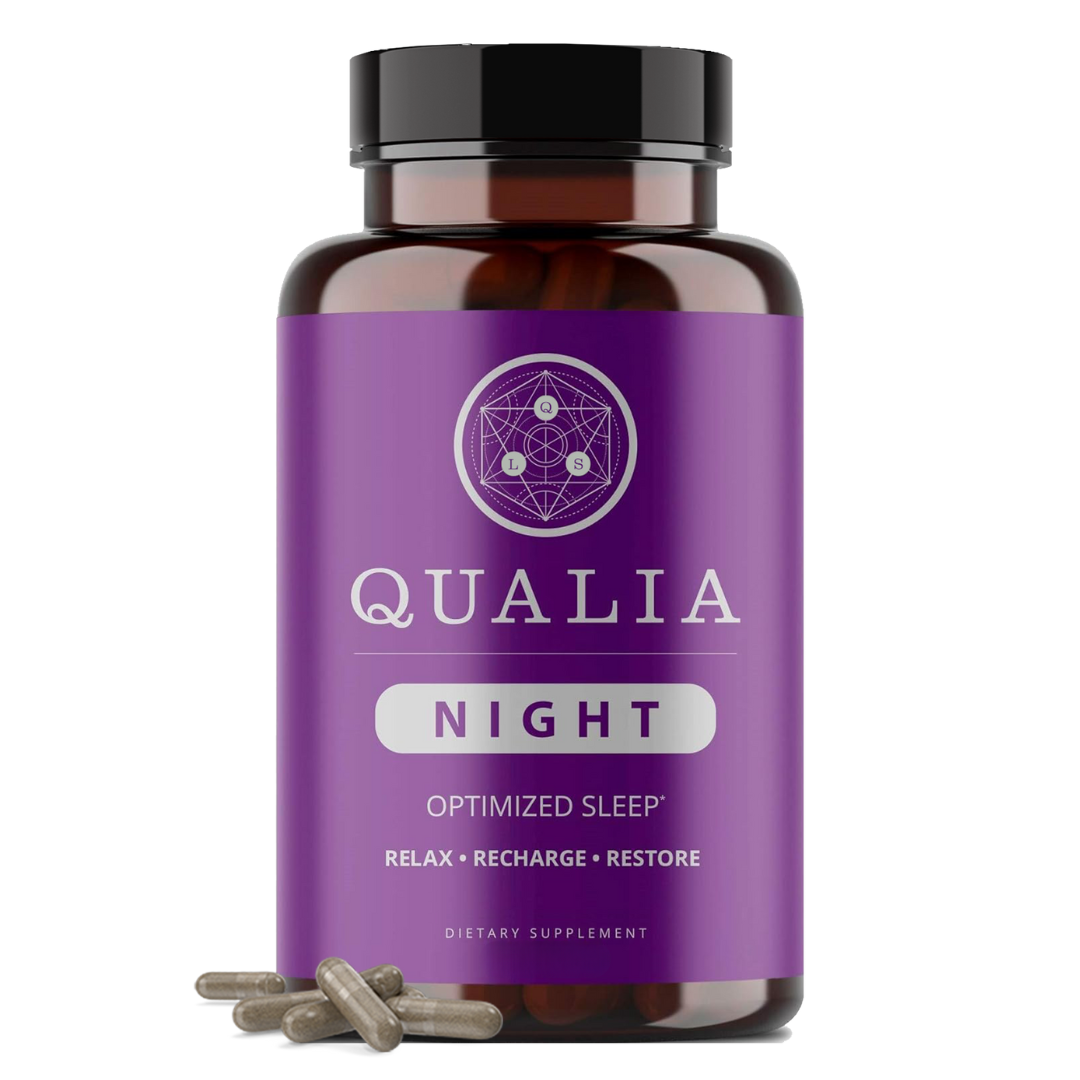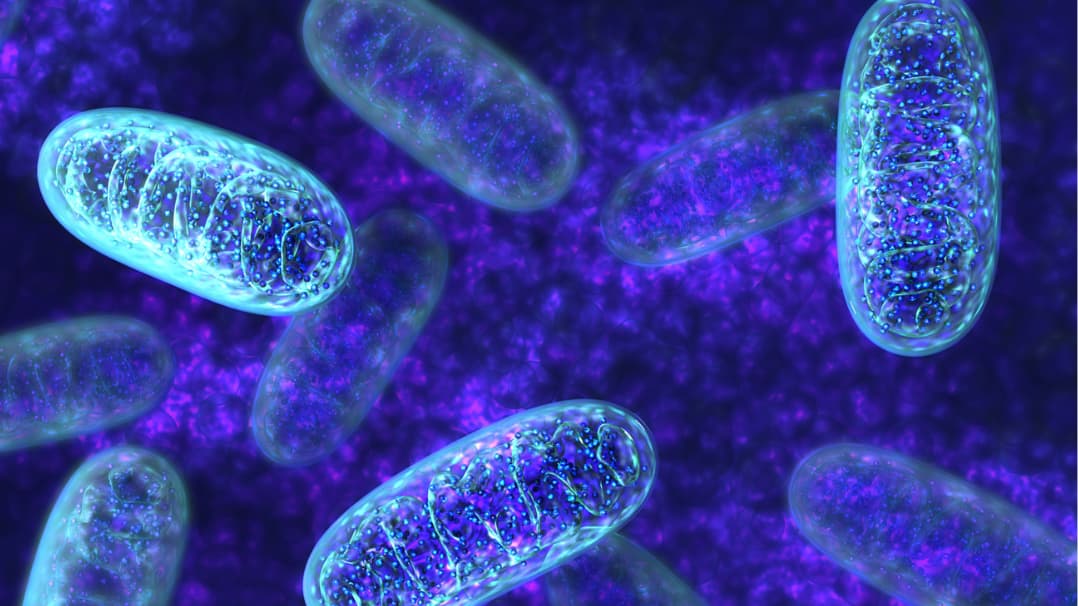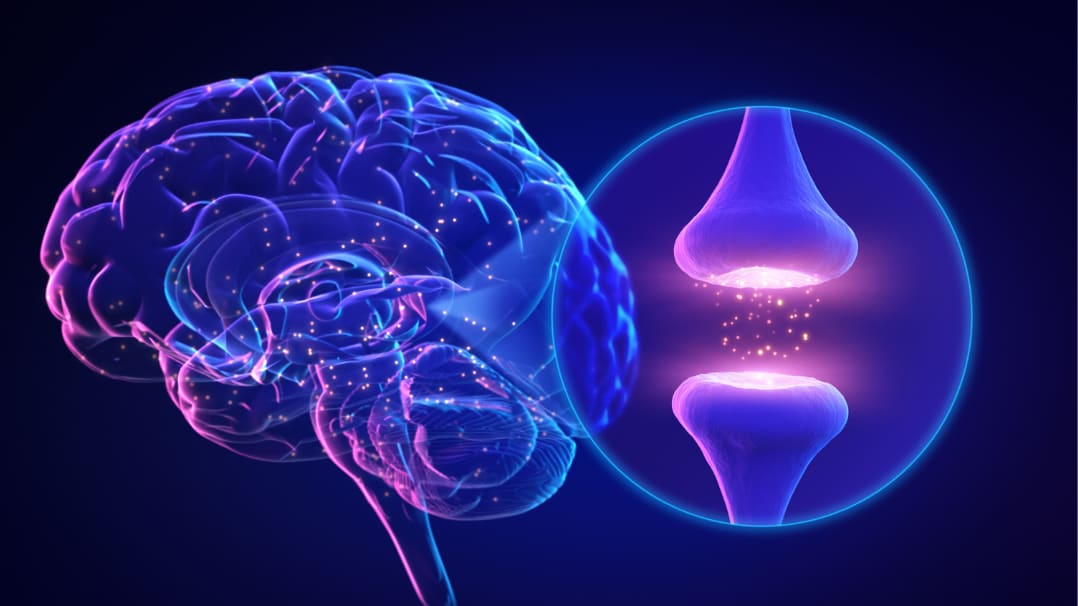Gotu Kola ( Centella asiatica ) Whole Herb Extract

In Ayurvedic medicine, gotu kola (Centella asiatica; synonym is Hydrocotyle asiatica) is considered to be a mental rejuvenator (medhya Rasayana), where it was traditionally used as a tonic herb to counter mental fatigue and improve thinking. It was thought to be particularly useful during times of increased mental demands. Other traditional uses included support of blood/circulation, skin regeneration, and general longevity. Modern science has upheld some of this reputation—gotu kola is a nootropic and supports brain repair and rejuvenation processes. It also supports healthy veins and circulation. Gotu kola, unlike many other nootropics that are best taken only at the beginning of the day, is a great fit at the end of a busy day because it is calming and supports repair and rejuvenation processes. Gotu kola contains several characteristic bioactive compounds, including asiaticoside, asiatic acid, madecassic acid, madecassoside, and centelloside. Gotu kola also contains other compounds with biological activity found in other plants such as ursolic acid, rosmarinic acid, and the flavonoids apigenin and rutin [1].*
TOP BENEFITS OF GOTU KOLA
Supports a calm mood and feelings of contentment*
Supports mental alertness and attention*
Supports a healthy stress response*
QUALIA’S GOTU KOLA SOURCING
Gotu kola is a whole herb extract. It is standardized to contain not less than 10% asiaticosides, since this group of active compounds are thought to be the main bioactives.
Gotu kola is Non-GMO and Vegan.
GOTU KOLA FORMULATING PRINCIPLES AND RATIONALE
Because gotu kola is an Ayurvedic Rasayana herb, we consider dosing to follow hormetic principles similar to herbal adaptogens (see Qualia Dosing Principles). Herbal adaptogens tend to have a hormetic zone (or range) where there’s a favorable biological response. It’s important to be in this zone; it’s just as important not to be above it. Based on human studies, where extracts standardized for one or more of gotu kola’s asiaticosides have been used, we consider the target range of asiaticosides to be between about 12.5mg to 50mg for nootropic and mood purposes. The mg amount of gotu kola used will depend on its standardization and will be chosen to deliver an amount of asiaticosides within this range. Our goal with gotu kola, as with all ingredient choices, is to select the appropriate serving keeping in mind both the ingredient and the other ingredients being used in a formulation. In other words, if we are also supplying other adaptogens and nootropic extracts, we are likely to use less gotu kola than if the only herbal adaptogen/nootropic we were using was gotu kola.*
GOTU KOLA KEY MECHANISMS
Supports healthy mood and stress responses*
Supports a calm mood* [2–8]
Supports healthy behavioral and physiological responses to stress* [8]
Supports brain function*
Supports working memory* [4]
Supports learning and memory (in animals)* [9–15]
Supports GABAergic neurotransmission* [16–20]
Supports glutamatergic neurotransmission* [9,21]
Influences acetylcholinesterase (AChE) activity* [14,17]
Supports synaptic density in the hippocampus and frontal cortex* [11,22]
Supports brain mitochondrial function* [10,11,14,22,23]
Supports brain-derived neurotrophic factor (BDNF)* [12,13,21,24]
Supports hippocampal long-term potentiation* [21]
Supports Nrf2 signaling and antioxidant defenses in the brain* [7,10,11,14,22,23,25]
Supports neuroprotective functions* [26]
Supports healthy immune system function*
Supports innate immunity* [27]
Supports adaptive immunity* [28,29]
*These statements have not been evaluated by the Food and Drug Administration. This product is not intended to diagnose, treat, cure, or prevent any disease.
REFERENCES
[1]K.J. Gohil, J.A. Patel, A.K. Gajjar, Indian J. Pharm. Sci. 72 (2010) 546–556.
[2]U. Jana, T.K. Sur, L.N. Maity, P.K. Debnath, D. Bhattacharyya, Nepal Med. Coll. J. 12 (2010) 8–11.
[3]P. Puttarak, P. Dilokthornsakul, S. Saokaew, T. Dhippayom, C. Kongkaew, R. Sruamsiri, A. Chuthaputti, N. Chaiyakunapruk, Sci. Rep. 7 (2017) 10646.
[4]J. Wattanathorn, L. Mator, S. Muchimapura, T. Tongun, O. Pasuriwong, N. Piyawatkul, K. Yimtae, B. Sripanidkulchai, J. Singkhoraard, J. Ethnopharmacol. 116 (2008) 325–332.
[5]J. Bradwejn, Y. Zhou, D. Koszycki, J. Shlik, J. Clin. Psychopharmacol. 20 (2000) 680–684.
[6]K.V. Mitha, S. Yadav, B. Ganaraja, Indian J. Physiol. Pharmacol. 60 (2016) 167–173.
[7]P. Chanana, A. Kumar, Phytother. Res. 30 (2016) 671–680.
[8]A. Wanasuntronwong, M.H. Tantisira, B. Tantisira, H. Watanabe, J. Ethnopharmacol. 143 (2012) 579–585.
[9]N.A. Binti Mohd Yusuf Yeo, S. Muthuraju, J.H. Wong, F.R. Mohammed, M.H. Senik, J. Zhang, S.R. Yusof, H. Jaafar, M.L. Adenan, H. Mohamad, T.S. Tengku Muhammad, J.M. Abdullah, Brain Behav. 8 (2018) e01093.
[10]N.E. Gray, J.A. Zweig, M. Caruso, J.Y. Zhu, K.M. Wright, J.F. Quinn, A. Soumyanath, Mol. Cell. Neurosci. 93 (2018) 1–9.
[11]N.E. Gray, J.A. Zweig, M. Caruso, M.D. Martin, J.Y. Zhu, J.F. Quinn, A. Soumyanath, Brain Behav. 8 (2018) e01024.
[12]D.C.R. Sari, N. Arfian, U. Tranggono, W.A.W. Setyaningsih, M.M. Romi, N. Emoto, Iran. J. Basic Med. Sci. 22 (2019) 1218–1224.
[13]G. Sbrini, P. Brivio, M. Fumagalli, F. Giavarini, D. Caruso, G. Racagni, M. Dell’Agli, E. Sangiovanni, F. Calabrese, Nutrients 12 (2020).
[14]A. Kumar, A. Prakash, S. Dogra, Int. J. Alzheimers. Dis. 2011 (2011) 347569.
[15]M.N. Nasir, M. Habsah, I. Zamzuri, G. Rammes, J. Hasnan, J. Abdullah, J. Ethnopharmacol. 134 (2011) 203–209.
[16]R. Awad, D. Levac, P. Cybulska, Z. Merali, V.L. Trudeau, J.T. Arnason, Canadian Journal of Physiology and Pharmacology 85 (2007) 933–942.
[17]T.K. Chatterjee, A. Chakraborty, M. Pathak, G.C. Sengupta, Indian J. Exp. Biol. 30 (1992) 889–891.
[18]M.N. Nasir, J. Abdullah, M. Habsah, R.I. Ghani, G. Rammes, Phytomedicine 19 (2012) 311–316.
[19]T.E. Ceremuga, D. Valdivieso, C. Kenner, A. Lucia, K. Lathrop, O. Stailey, H. Bailey, J. Criss, J. Linton, J. Fried, A. Taylor, G. Padron, A.D. Johnson, AANA J. 83 (2015) 91–98.
[20]K. Hamid, I. Ng, V.J. Tallapragada, L. Váradi, D.E. Hibbs, J. Hanrahan, P.W. Groundwater, Chem. Biol. Drug Des. 88 (2016) 386–397.
[21]N.E. Gray, C.J. Harris, J.F. Quinn, A. Soumyanath, J. Ethnopharmacol. 180 (2016) 78–86.
[22]N.E. Gray, J.A. Zweig, D.G. Matthews, M. Caruso, J.F. Quinn, A. Soumyanath, Oxid. Med. Cell. Longev. 2017 (2017) 7023091.
[23]M. Ar Rochmah, I.M. Harini, D.E. Septyaningtrias, D.C.R. Sari, R. Susilowati, Biomed Res. Int. 2019 (2019) 2649281.
[24]Y. Boondam, P. Songvut, M.H. Tantisira, S. Tapechum, K. Tilokskulchai, N. Pakaprot, Sci. Rep. 9 (2019) 8404.
[25]N. Haleagrahara, K. Ponnusamy, J. Toxicol. Sci. 35 (2010) 41–47.
[26]S. Chen, Z.-J. Yin, C. Jiang, Z.-Q. Ma, Q. Fu, R. Qu, S.-P. Ma, Pharmacol. Biochem. Behav. 122 (2014) 7–15.
[27]M.G. Jayathirtha, S.H. Mishra, Phytomedicine 11 (2004) 361–365.
[28]D. Arora, M. Kumar, S.D. Dubey, U. Sings, Anc. Sci. Life 22 (2002) 42–48.
[29]K. Punturee, C.P. Wild, W. Kasinrerk, U. Vinitketkumnuen, Asian Pac. J. Cancer Prev. 6 (2005) 396–400.





